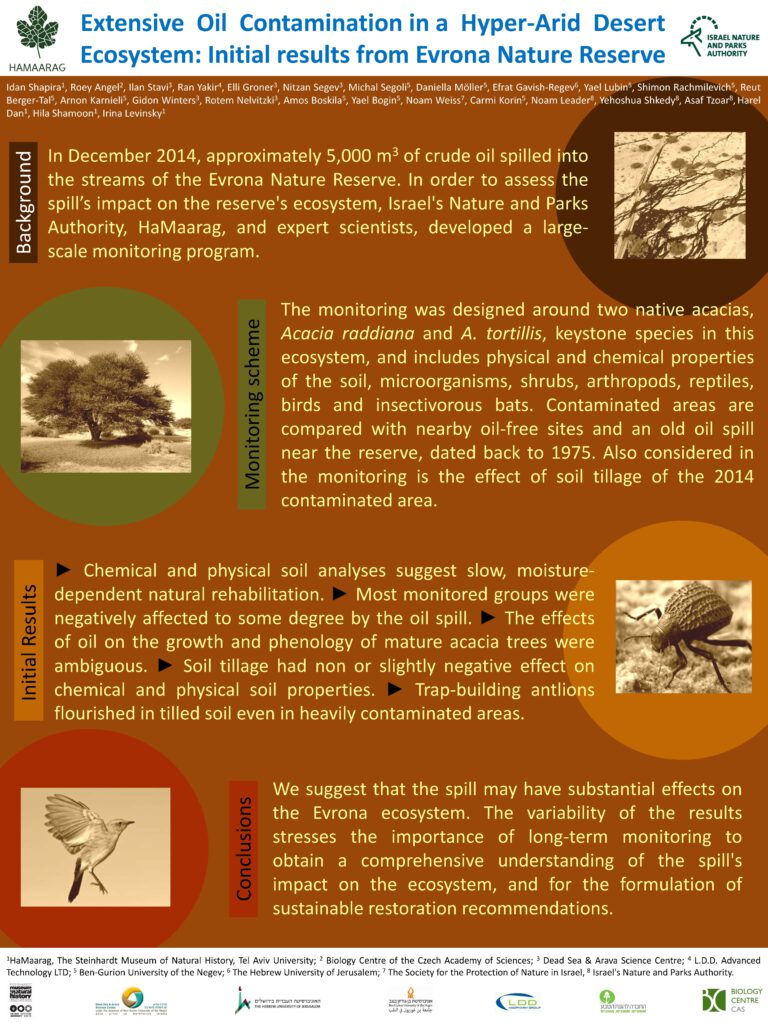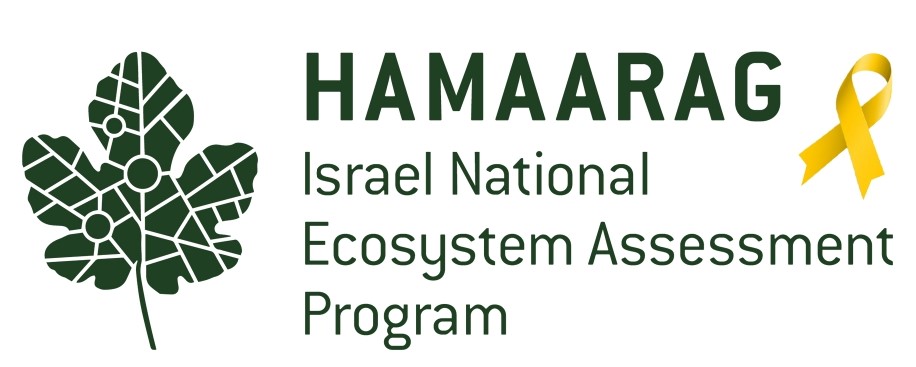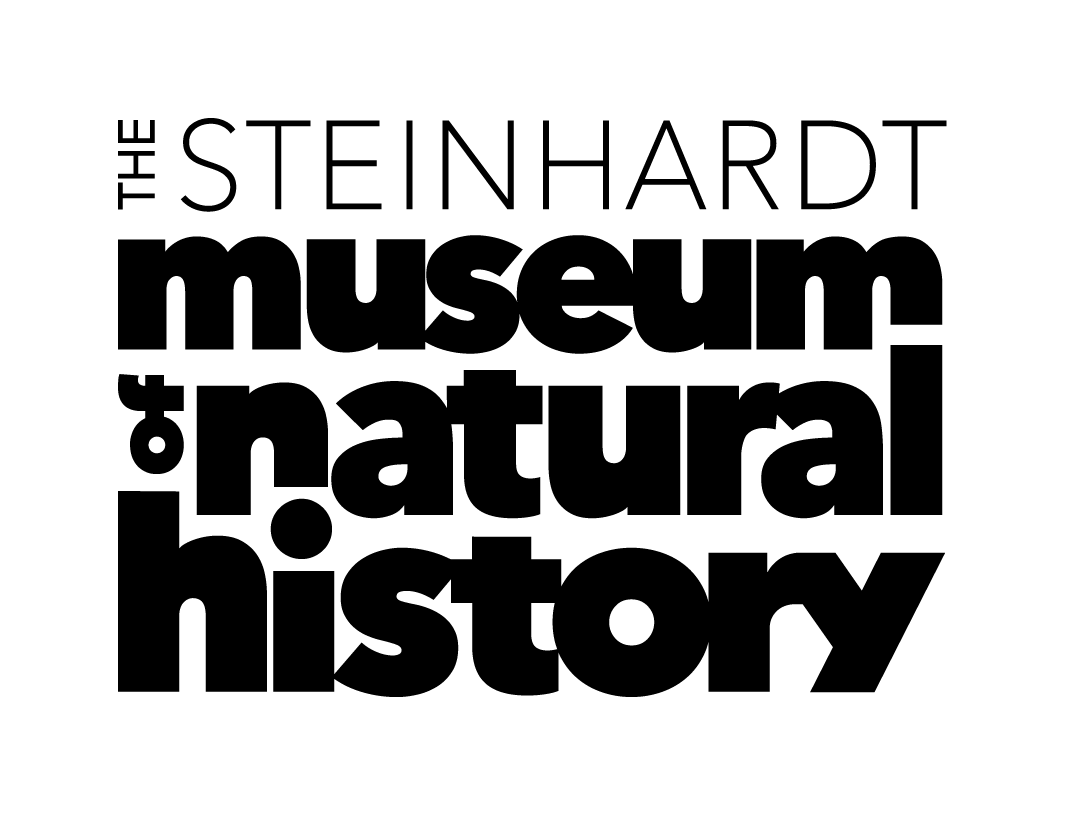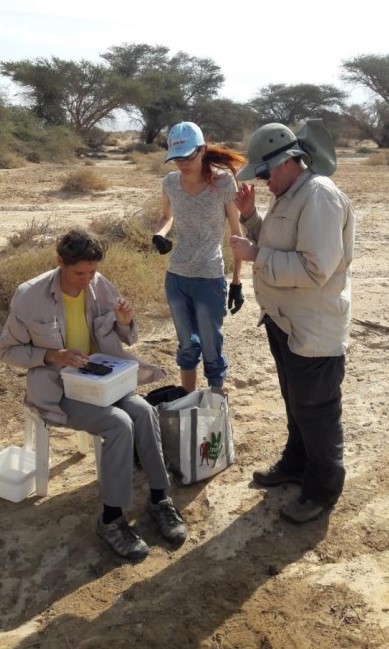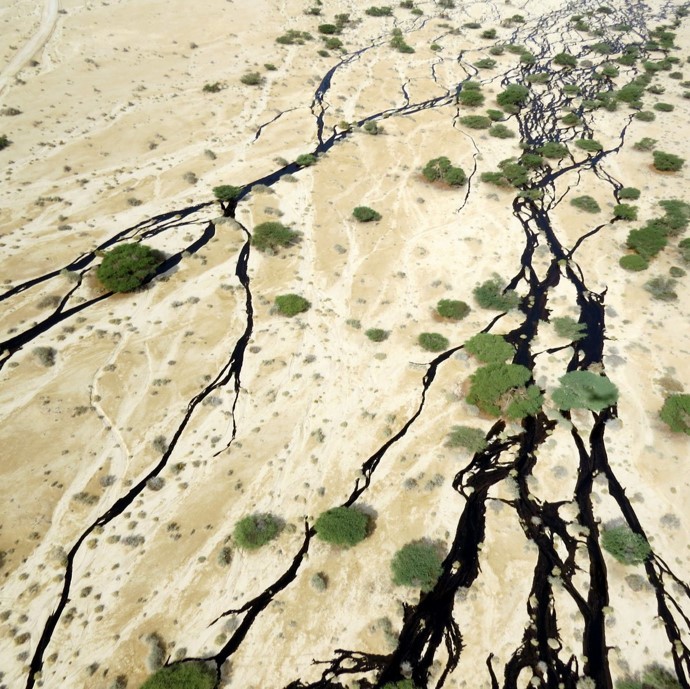The 2014 oil spillage in the Evrona Nature Reserve is one of the most serious pollution incidents that ever occurred in Israel. Some 5 million liters of crude oil flowed from the Trans-Israel Pipeline (aka the Eilat-Ashkelon Pipeline) to the Evrona Nature Reserve, located in the Southern Arava. The Evrona Nature Reserve is rich in unique habitats, especially acacia trees, which are the habitat of herds of Dorcas gazelles, and many other species. The oil flowed in many channels, and covered a considerable portion of the Reserve’s soils. Following this event, the Israel Nature and Parks Authority established a five-year plan aimed at restoration and monitoring, whose goal was to characterize the impacts of the pollution on the ecosystem. The monitoring program, consisting of twelve research groups from different research institutes in Israel, was set up and managed under the leadership of Hamaarag.
The coordinator of the monitoring programs in Hamaarag described the program and its findings: “The current pollution event in the Evrona Nature Reserve is not its first. A pollution event in 1975, which occurred in another part of the Reserve, served as a basis for comparison and for the examination of the impact of oil pollution decades after the event. In addition, we compared the polluted areas to a near-by control site which had not suffered oil pollution. Monitoring the pollution and its ecological impacts in the Evrona Nature Reserve is unique on a global level. We have not found documentation of similar cases of the contamination of a desert eco-system with crude oil on such a scale. Our monitoring program had two goals: to characterize the pollution and study the response of the ecosystem response to the pollution. On the physical level, oil pollution caused the formation of a hydrophobic layer in the layer of top-soil, which prevents water from penetrating the soil. Five years after the event, the concentration of pollutants in the soil is still high, and it turns out that the area polluted in 1975 still has a high concentration of pollutants in the ground.”
The effect of the oil soil layer on the ecosystem was examined for the first time on the acacia trees, the keystone species for biodiversity in the nature reserve. The monitoring coordinator expanded: “We did not find damage to the mature acacia trees in the reserve, probably because the pollution did not penetrate the depths at which their root system is located, but we did find considerable damage to the germination of seeds and development of sprouts. The contaminated layer does not allow acacia sprouts to survive. In fact, it limits the capacity of natural regeneration of the population. We have also seen the impacts of pollution in the 1975 polluted site, where the recruitment capacity of young individuals to the acacia population was severely limited. There are hardly any trees in this area that sprouted from 1975 onwards, and it is possible that there has been a similar impact on the germination of other plant species.
The contamination treatments examined so far – cultivation of the the soil, and biological treatment using oil-degrading bacteria – have not yielded satisfactory results, and further possibilities for the treatment and restoration of the nature reserve are currently being considered, as well as a continued monitoring program. According to the program coordinator: “the impact of the contamination on the ecological system of the Evrona Nature Reserve may stay with us for many years to come. The main concern is that in the long term, without extensive remediation of the contaminated soil, the population of acacia trees will decline within several decades, with no natural regeneration of the population thanks to the sprouting of new trees. Damage to this population will lead to a drastic change in the ecosystem and will cause irreversible damage to its other components. At this point, our role is to find the most effective solution for the removal of the contamination, and help remediate the Evrona Nature Reserve ecosystem.”
